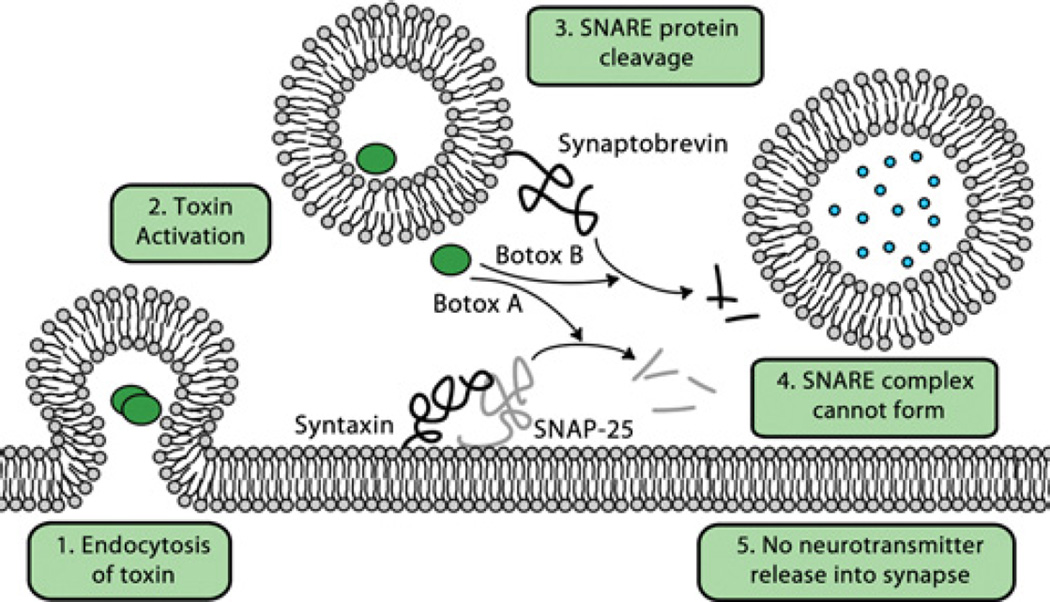Figure 2. Mechanism of botulinum toxin action.
Endocytosis leads to activation of the toxin and separation into its heavy and light chains. The light-chain protease transports to the cytoplasm where it degrades one or more proteins involved in SNARE-mediated vesicle transport. The downstream effect of these proteolytic events is a diminished release of acetylcholine and neurotransmission. Botulinum toxin type A (Botox A) and botulinum toxin type B (Botox B) have different substrates in the synaptic fusion complex. Botox A cleaves synaptosomal-associated protein of 25 kDa (SNAP-25), whereas Botox B inactivates synaptobrevin, and both are key members of the SNARE complex. An animated version of this Figure is available at http://www.BiochemJ.org/bj/435/bj4350001add.htm

